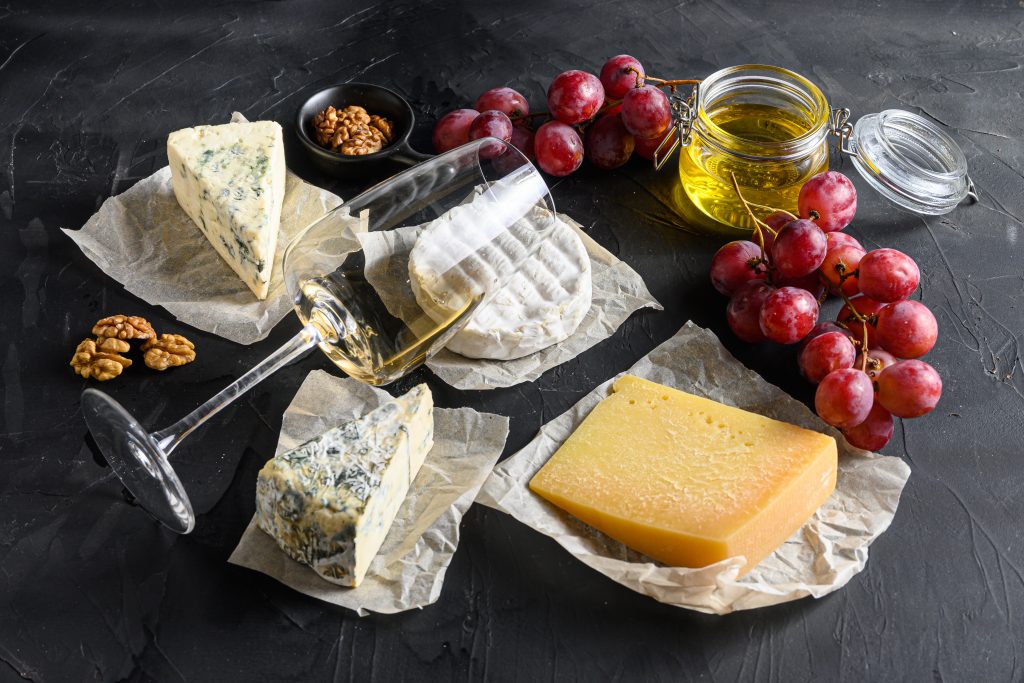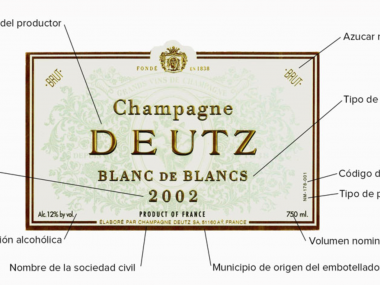Sauvignon Blanc is a grape variety used to make white wine, which owes a great deal of its popularity to the wine growers of Bordeaux and the Loire Valley in France.
However, it is one of the most widely planted grapes around the world, with a wide range of nuances in its styles and flavors. Here we explain everything you need to know about this variety of grape, so that you know what to expect from their wines.

Characteristics of this grape variety
Sauvignon Blanc is an early-medium ripening variety that is characterized by small compact clusters with small berries.
It is a very vigorous grape, so it is recommended to graft it onto a not very productive clone and soils that are not very fertile in order to control it. It is highly susceptible to botrytis cinerea, as well as to wood diseases and oidium, but not to mildew.
What can we expect from Sauvignon Blanc wines?
The taste of Sauvignon Blanc is distinguished from other white wines, such as Chardonnay, by its green and herbaceous notes. The main flavors that stand out are lime, green apple, pomegranate and peach, but also other herbaceous, such as bell pepper, jalapeño, redcurrant and grass. These characteristic flavors in Sauvignon Blanc wines come from aromatic compounds called pyrazines.
The range of aromas in Sauvignon Blanc wines is associated with green things such as grass, leaves, nettles and currants when the harvests are early. These wines are also characterized by high acidity and dryness.
Among the grape varieties similar to Sauvignon Blanc, we can find Verdejo, Albariño, Colombard, Grüner Veltliner, Vermentino, and Tocai Friulano, among others. With respect to their blends, we can find Sauvignon Blanc wines with Semillon or Muscadelle.

Where Sauvignon Blanc wines are made
The Sauvignon Blanc grape variety originates from the Val de Loire although it is still falsely believed to come from Bordeaux. However, over the last few decades the Sauvignon Blanc variety has spread wildly around the world, and we can currently find more than 110,000 hectares planted on the map.
Sauvignon Blanc is the third most planted white variety in France, after Ugni Blanc and Chardonnay. In the Aquitaine region (Bordeaux and Bergerac) there are excellent Sauvignon Blanc wines, which are sometimes produced in coupage with Sémillon aged in French oak barrels, such as those of the AOC Pessac-Léognan.
However, it is in the Loire where Sauvignon Blanc finds its purest expression, particularly in Sancerre and Pouilly-Fumé, where single-varietal Sauvignon Blanc wines without barrel aging are produced. Here the simplest wines are acidic, dry, fresh and with green fruit aromas, but the best wines from flint and limestone clay soils will need a long time in the bottle to develop their full potential. Among the best producers of Sauvignon Blanc, we can highlight Didier Dagueneau, Pascal Cotat, Vincent Pinard and Alphonse Mellot.
Although Spain is a very warm country for making good Sauvignon Blanc wines, large plantations can be found in Castilla La Mancha and Castilla y León, where it has become a very important variety, as much as the Verdejo, in the Rueda appellation of origin.
Some examples of Sauvignon Blanc that are worth mentioning in Spain are Marqués de Riscal, José Pariente , Martivilli and Tayaimgut.
Other parts around the world where we can find this variety are Italy, New Zealand, USA, Chile, South Africa and Australia.
Pairing of Sauvignon Blanc wines
As for the best possible combinations for a Sauvignon Blanc wine, the ideal is to choose dishes with green herbs, such as parsley, rosemary, basil, coriander or mint, which will combine very well with its herbaceous notes.
Another classic pairing, very popular in the Loire Valley, is Crottin de Chavignol goat cheese, creamy and strong in aroma. As for white meats, it can go well with chicken, pork, fish and turkey, although it can also combine perfectly with greasy vegetarian dishes with a predominance of green.






